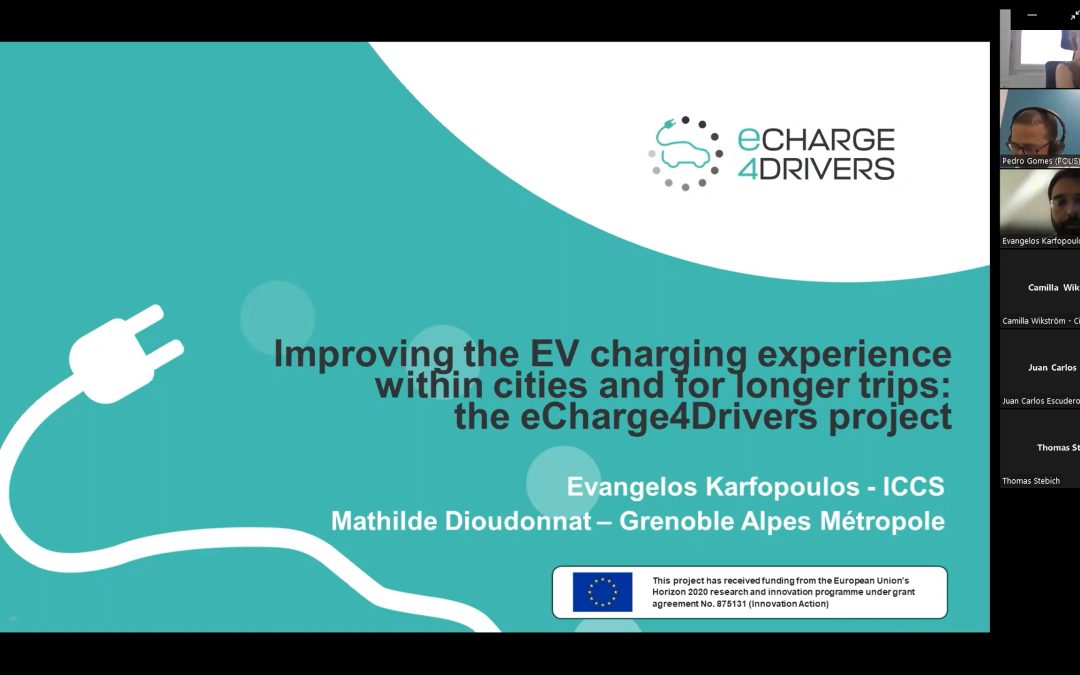More than 40 stakeholders from across Europe have attended the second Park4SUMP high-level workshop on parking standards, which took place on 6 July 2022. Thanks to the great cooperation between POLIS, Eurocities, and the projects eCharge4Drivers, CIVITAS Park4SUMP, and USER-CHI, awareness of the European discussions about parking and EV vehicles deployment was raised.
This event was specifically targeting local and national decision makers, who are initiating charging infrastructure deployment. The event provided information about current EU legislation and its impact on the local level, and provided the opportunity to discuss future challenges and potential solutions. The workshop proved that the EV and the parking sector should work closely together. For the EV-charging sector, the parking sector is an exciting partner, because it not only owns or operates locations that are of interest for EV charging, but it also relates to the client – the (future) EV owner.
Three topic sessions were organised related to the challenges with parking standards. eCharge4Drivers chaired the session “EVs and parking operations: services, tariffs, and enforcement” with an example from project and the city of Grenoble.
Main discussion points and conclusions from topic sessions are:
- In order to accelerate the uptake of on-street electric vehicle charging, improve the user experience and optimise the use of public space, it is important to develop innovative solutions that capitalise on existing urban furniture like lamp posts and other infrastructure.
- This can sometimes be challenging due to technical difficulties like grid capacity, lack of daytime supply in some public lightning contracts, or parking space management in order to avoid people tripping over the cable while a vehicle is in charge.
- Pricing tariffs and structure should prioritise vehicle rotation and complement charging, thus increasing the availability of charging stations. This could be achieved by basing the price structure on kWh consumption and parking space occupancy time, depending on the demand. The pricing should be balanced and consistent in a way that discourages long-term on-street parking after charging.
- Enforcement is a key component of successful parking and vehicle charging strategy, but cities and parking authorities still struggle with avoiding abusive occupancy of parking places, either by ICE vehicles or by EV whose batteries are fully charged, where there is not a clear visual identification if a vehicle is currently in charge/fully charged/not charging.
- Cities and parking authorities also need to ensure that the charging infrastructure remains accessible to all, including the elderly and people with disabilities. Parking enforcement also plays a role in this.
You can download the eCharge4Drivers presentation here.
